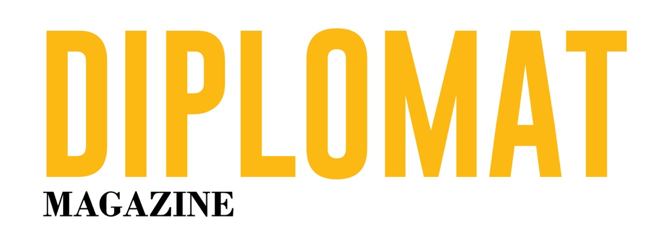By H.E. Ms. Sally Loo Hui, Ambassador of Panama to the Kingdom of the Netherlands
The Netherlands and Panama, though continents apart, share a profound connection to the sea, through the North Sea, the Caribbean, the Atlantic, and the Pacific. These waters have shaped their maritime cultures, defining a way of life and a vision for commerce.
The Netherlands was born from the sea, learning to coexist with it through dikes and canals, fostering a philosophy of balance between humans and nature. Panama stands as a global hub for business, finance, and logistics. Its position at the Isthmus has made it a vital crossroads for international trade, linking imports and exports across continents.
In maritime transport and industry, Panama offers world-class infrastructure. The Panama Canal, together with the world’s largest fleet of Panamanian-flagged vessels, ensures secure and efficient operations. Investors in logistics and transport find in Panama a platform that connects global markets and supports growth.
Panama also offers an enviable quality of life, with a safe, multicultural environment ideal for professionals and their families. Investing in Panama means leveraging a strategic location, a favourable business climate, and a lifestyle that balances work and well-being.
The Multinational Headquarters Law provides fiscal, labour, and immigration incentives for companies establishing regional operations, including tax exemptions and streamlined hiring of foreign staff. Panama also hosts free trade zones and special economic areas, such as the Colón Free Zone, which grant significant tariff and logistical advantages.

Panama’s flag represents over 15% of the global merchant fleet, reflecting a maritime tradition rooted in compliance with international standards such as Safety of Life at Sea (SOLAS), International Convention for the Prevention of Pollution from Ships (MARPOL), the International Ship and Port Facility Security Code (ISPS), and the International Labour Organization Maritime Labour Convention. The national ship registry applies strict due diligence, ensuring vessels or owners linked to sanctioned entities are excluded. Panama remains committed to maritime safety, security, and the rule of law.
The Panama Canal connects more than 140 maritime routes and 170 countries, demonstrating the nation’s dedication to neutrality and free transit. The Panama Maritime Authority promotes high standards to protect both vessels and seafarers, the silent workforce sustaining global trade.
Panama and the Netherlands have turned maritime geography into identity and opportunity. A shared “blue bridge” links them, carrying commercial visions and stories across oceans.

Bilateral agreements reflect this maritime vocation. They include the 1997 treaty in The Hague to avoid double taxation for international shipping and aviation companies; the 2000 treaty on Promotion and Reciprocal Protection of Investments, effective since 2001; the 2004 social security coordination law allowing nationals to transfer benefits; and the 2010 agreement on double taxation and tax evasion.
Trade between the two countries is dynamic. Panama exports bananas, frozen shrimp, pharmaceuticals, teak, scrap metal, and palm oil to the Netherlands, while the Netherlands supplies electrical equipment, industrial machinery, specialized vehicles, and logistics technology.
Panama maintains a stable financial environment, with transparent banking laws, competitive taxation, and an ecosystem connecting Latin America to global markets. Through its embassies in Europe, Panama has worked with national authorities to share progress in strengthening financial transparency and compliance, efforts that culminated this year in Panama’s removal from the EU list of high-risk third countries for money laundering and terrorist financing, which underscores its commitment to international cooperation and good governance.
Academic collaboration continues to grow. The Technological University of Panama (UTP) partners with Dutch institutions, including the “Holland House – UTP Master Class,” where Dutch executives teach specialized courses. Panamanian students and professors also benefit from scholarships and exchange programs in the Netherlands, fostering a two-way flow of knowledge and innovation. The partnership extends to science: last year, INDICASAT and the University of Groningen signed a MoU for joint research on tuberculosis, an initiative already showing results, contributing to a projected decline in cases in Panama this year.
Panama invites Dutch investors to view the country not merely as a commercial partner but as a home for sustainable investment, offering a strategic location, a favourable business climate, and strong government support for foreign capital. Together, Panama and the Netherlands can continue building a future of shared prosperity, where every investment is a seed on fertile ground and every success a joint achievement.



